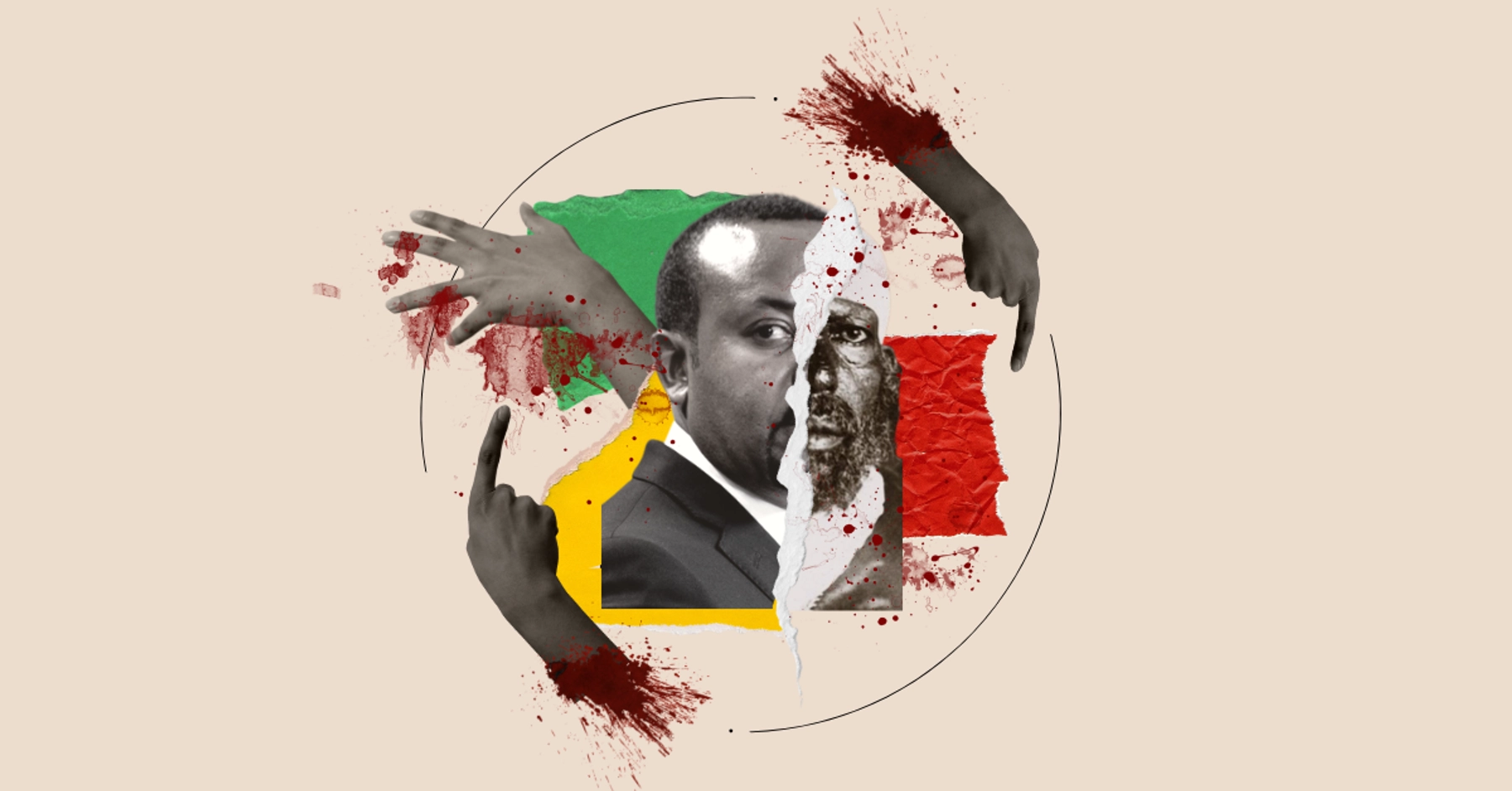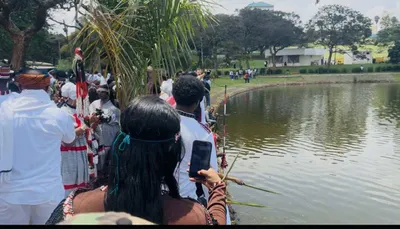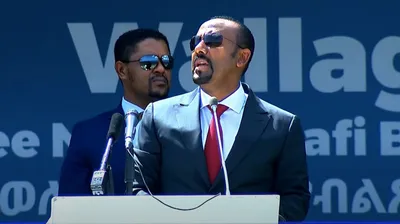Ethiopia’s “Other War” in Oromia

We are witnessing a horrifying escalation of violence in Ethiopia’s Oromia region. Footage is being released of people being burned alive by soldiers and human heads being paraded on pikes by Amhara Fano militants. Every few days bring news of another massacre. The government is using drones and jets to dominate its own people. The region is becoming a human slaughterhouse.
What we are witnessing is not new. The Ethiopian empire was built on this gruesome violence in Oromia and other regions of Ethiopia. Today, this hellish destruction of life is either the empire desperately grasping to complete itself or its death fever.
This much is clear: Until this imperial past is confronted, there will be no peace in Ethiopia. What the world fails to understand is that this past is the present and perhaps also the future for millions of Ethiopians. For some, it is seen as their historic right and divine destiny. For others, it is seen as their historic trauma and deadly oppression.
All people of goodwill must denounce this unburied imperial past and cry out for a ceasefire, dialogue, and a political solution. Millions of innocent lives are at stake, especially women, children, and the elderly.
“The past isn’t dead. It isn’t even past”
The respected historian Harold Marcus documented how the Ethiopian state was built by this imperial violence in his authoritative 1975 book, “The Life and Times of Emperor Menelik II.” Reading this dry, academic book about Ethiopia 130 years ago is so painful because it sounds so much like Oromia, Tigray, and elsewhere in Ethiopia today. It seems little has changed besides the destructive force of modern weapons. Marcus’s descbes how the Fano militia served as the forerunner of the imperial army:
“An ad hoc group of fighters, the Fano lived entirely off of the land and by their wits. Armed with lances, swords, and shields, they preceded the main [imperial] force, provided intelligence reports, and kept the enemy off balance with surprise attacks. All these fighters augmented the king’s standing army… Once in enemy territory, the Fano moved one or two days’ march ahead of the main force, devastating the deserted countryside… Those who refused to disclose the enemy’s whereabouts and where the cattle were concealed were shot immediately. 1 p. 65-66
This is exactly what we saw in the Tigray war and what we are seeing in the Oromia today. Marcus is clear about how Menelik’s Shoan military would then follow Fano’s terror. He writes:
“[Soldiers would] return to camp with women and children; captive able-bodied males and the elderly were killed. The severity of the zemecha [campaign] was aimed at the eradication of all resistance… Whenever the army surged forward, there was the utmost devastation; houses were burned, crops destroyed, and people executed. Two or three violent attacks occurred during any one campaign until the camp overflowed with booty and prisoners. Only when the remaining enemy authorities decided to surrender did the commanders-in-chief halt the assaults. After a formal act of submission, looting and burning were forbidden over a people now Menelik’s subjects. The king, or his surrogate, then assigned a Shoan nobleman with his retinue and some colonists to reorganize and administer the ravaged land, while the main force returned home. Once in safe territory, the booty was divided, and the king received one-half to two-thirds of the total… Despite Menelik’s wish to divert as much of this lucrative trade as possible into Shoa, the violence of his expansion served to frighten traders away.” 2 p. 67
This is the pattern we see today: Fano and other identitarian militias violently attacking across borders; the federal government exploiting this carnage for its advantage; and the catastrophic destruction of human life and the devastation of local economies. There is no denying these painful realities.
Many people, especially in groups like Fano, see that empire as their legacy and inheritance. Thus, they see doing what Fano did as their right and unfinished destiny — not merely as an anomaly of conflict. This is why I don’t believe these atrocious massacres are accidental. The difference is that we now have smart phones and social media to watch it happening.
This has been dramatically escalated by PM Abiy militarizing the entire civilian population in his war campaign against Tigray in which Fano was a crucial force. Abiy has knowingly re-activated that total war mentality of the imperial state-building project from 130 years ago.
And this is why millions of Ethiopians want nothing to do with “Ethiopia.” If being “Ethiopian” means being part of the Ethiopian empire, they know what that looks like and where it goes. They understandably do not want a repeat of that nightmarish past.

A crucial task for Ethiopian leaders today is to articulate a future for Ethiopia that is not a rerun of the imperial past marked by terroristic identitarian militias, imperial/federal domination, and the mass-production of poverty via the looting of regional economies for the federal government’s enrichment. And “Ethiopia” means Ethiopian people — the ones who are being burned alive and paraded on pikes, not a nostalgic fantasy or abstract idea. People, not power.
Leaders who can imagine and advocate for that vision have the best chance of preventing the country from shattering itself like the former Russian empire.
Footnotes
We need your support
We trust you found something of value in this article. If so, we kindly ask you to consider helping Curate Oromia continue its work.
If you believe in the importance of independent voices and honest reporting, we invite you to support our efforts through our GoFundMe campaign.
Every contribution, however small, goes directly to our writers and the expansion of our reach.
Thank you for your support.



